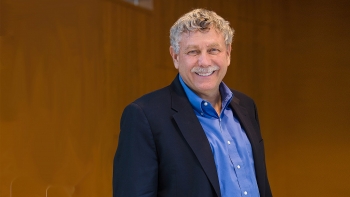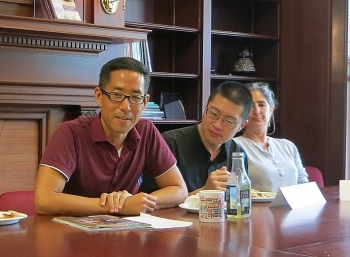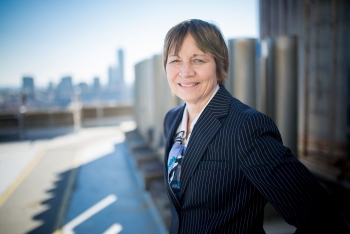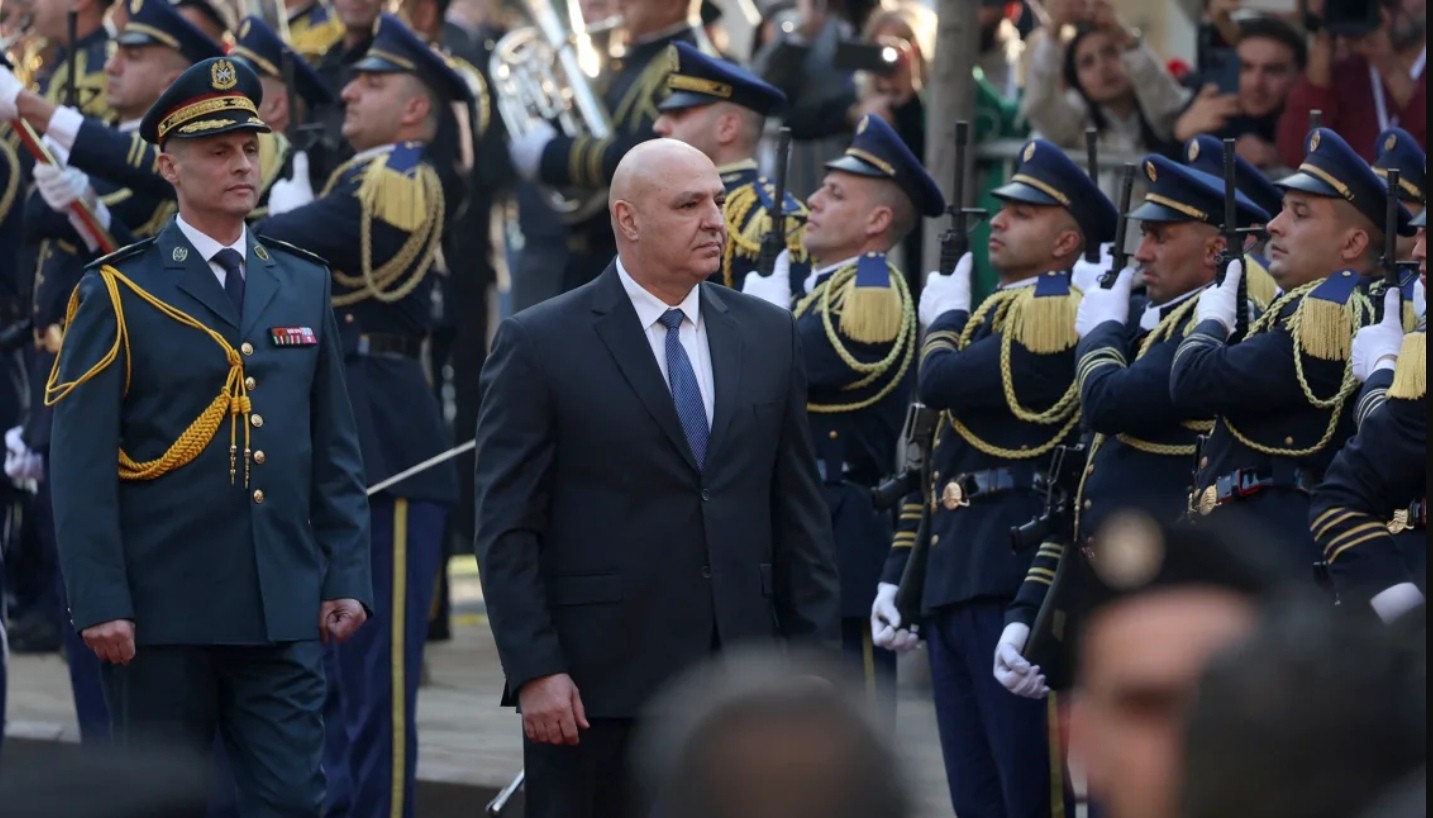Who is Nelson Mandela - the First Black President of South Africa
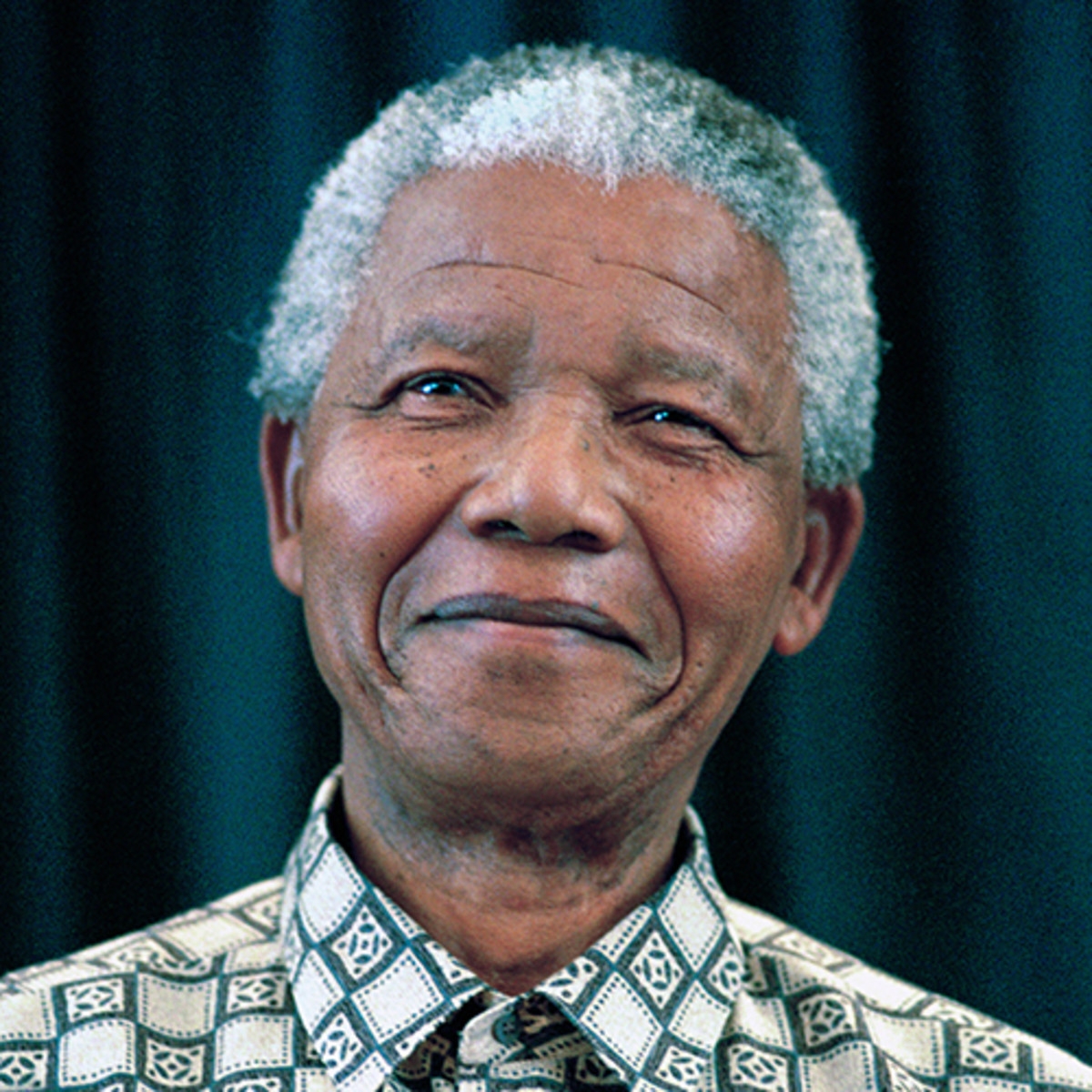 |
| Nelson Mandela, the first black president of South Africa. Photo: Biography |
Nelson Mandela was the first Black president of South Africa, elected after time in prison for his anti-apartheid work. He won the Nobel Peace Prize in 1993.
Who Was Nelson Mandela?
Nelson Mandela was a social rights activist, politician and philanthropist who became South Africa’s first Black president from 1994 to 1999. After becoming involved in the anti-apartheid movement in his 20s, Mandela joined the African National Congress in 1942. For 20 years, he directed a campaign of peaceful, nonviolent defiance against the South African government and its racist policies, according to Biography.
Beginning in 1962, Mandela spent 27 years in prison for political offenses. In 1993, Mandela and South African President F.W. de Klerk were jointly awarded the Nobel Peace Prize for their efforts to dismantle the country's apartheid system. For generations to come, Mandela will be a source of inspiration for civil rights activists worldwide.
| The Nobel Peace Prize 1993 Prize motivation: "for their work for the peaceful termination of the apartheid regime, and for laying the foundations for a new democratic South Africa." Africa's Greatest Freedom Symbol Son of a chief, Nelson Mandela studied law and became one of South Africa's first black lawyers. Early in the 1950s, he was elected leader of the youth wing of the ANC (African National Congress) liberation movement. When the country's white minority government prohibited the ANC in 1960, Mandela became convinced that armed struggle was inevitable. Inspired by the guerrilla wars in Algeria and Cuba, he organized a military underground movement that engaged in sabotage. In 1962 he was arrested and sentenced to life imprisonment for high treason and conspiracy against the state, as said by Nobel Prize. From 1964 to 1982 he was confined to the notorious prison island Robben Island, together with several other resistance leaders. He was then moved to prison on the mainland until his release in 1990. During his imprisonment, Mandela became a rallying point for South Africa's oppressed, and the world's most famous political prisoner. Nelson Mandela shared the Peace Prize with the man who had released him, President Frederik Willem de Klerk because they had agreed on a peaceful transition to majority rule. |
Early Life
Mandela was born on July 18, 1918, in the tiny village of Mvezo, on the banks of the Mbashe River in Transkei, South Africa.
His birth name was Rolihlahla Mandela. "Rolihlahla" in the Xhosa language literally means "pulling the branch of a tree," but more commonly translates as "troublemaker."
Mandela's father, who was destined to be a chief, served as a counselor to tribal chiefs for several years but lost both his title and fortune over a dispute with the local colonial magistrate.
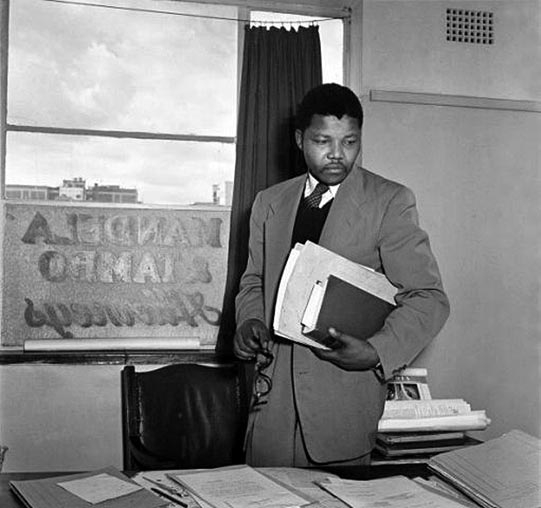 |
| Photo: The Borgen Project |
Mandela was only an infant at the time, and his father's loss of status forced his mother to move the family to Qunu, an even smaller village north of Mvezo. The village was nestled in a narrow grassy valley; there were no roads, only footpaths that linked the pastures where livestock grazed.
The family lived in huts and ate a local harvest of maize, sorghum, pumpkin and beans, which was all they could afford. Water came from springs and streams and cooking was done outdoors.
Mandela played the games of young boys, acting out male right-of-passage scenarios with toys he made from the natural materials available, including tree branches and clay.
Education
At the suggestion of one of his father's friends, Mandela was baptized in the Methodist Church. He went on to become the first in his family to attend school. As was custom at the time, and probably due to the bias of the British educational system in South Africa, Mandela's teacher told him that his new first name would be Nelson.
When Mandela was 12 years old, his father died of lung disease, causing his life to change dramatically. He was adopted by Chief Jongintaba Dalindyebo, the acting regent of the Thembu people — a gesture done as a favor to Mandela's father, who, years earlier, had recommended Jongintaba be made chief.
Mandela subsequently left the carefree life he knew in Qunu, fearing that he would never see his village again. He traveled by motorcar to Mqhekezweni, the provincial capital of Thembuland, to the chief's royal residence. Though he had not forgotten his beloved village of Qunu, he quickly adapted to the new, more sophisticated surroundings of Mqhekezweni.
Mandela was given the same status and responsibilities as the regent's two other children, his son and oldest child, Justice, and daughter Nomafu. Mandela took classes in a one-room school next to the palace, studying English, Xhosa, history and geography.
It was during this period that Mandela developed an interest in African history, from elder chiefs who came to the Great Palace on official business. He learned how the African people had lived in relative peace until the coming of the white people.
According to the elders, the children of South Africa had previously lived as brothers, but white men had shattered this fellowship. While Black men shared their land, air and water with white people, white men took all of these things for themselves.
Armed Resistance Movement
In 1961, Nelson Mandela co-founded and became the first leader of Umkhonto we Sizwe (“Spear of the Nation”), also known as MK, a new armed wing of the ANC. Several years later, during the trial that would put him behind bars for nearly three decades, he described the reasoning for this radical departure from his party’s original tenets: “[I]t would be wrong and unrealistic for African leaders to continue preaching peace and nonviolence at a time when the government met our peaceful demands with force. It was only when all else had failed when all channels of peaceful protest had been barred to us, that the decision was made to embark on violent forms of political struggle.”, notes History.
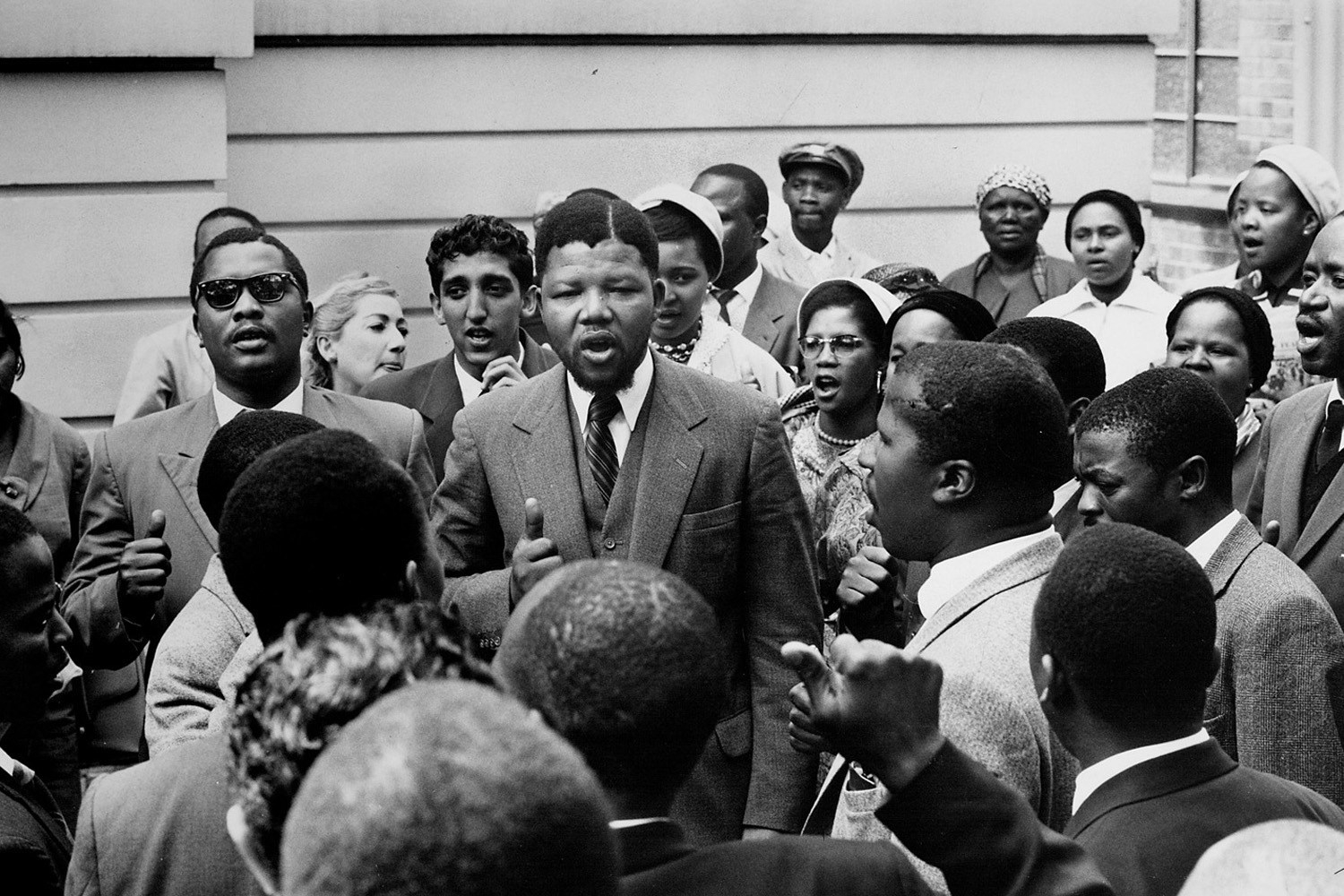 |
| Photo: Detechter |
Under Mandela’s leadership, MK launched a sabotage campaign against the government, which had recently declared South Africa a republic and withdrawn from the British Commonwealth. In January 1962, Mandela traveled abroad illegally to attend a conference of African nationalist leaders in Ethiopia, visit the exiled Oliver Tambo in London and undergo guerilla training in Algeria. On August 5, shortly after his return, he was arrested and subsequently sentenced to five years in prison for leaving the country and inciting a 1961 workers’ strike. The following July, police raided an ANC hideout in Rivonia, a suburb on the outskirts of Johannesburg, and arrested a racially diverse group of MK leaders who had gathered to debate the merits of a guerilla insurgency. Evidence was found implicating Mandela and other activists, who were brought to stand trial for sabotage, treason and violent conspiracy alongside their associates.
Mandela and seven other defendants narrowly escaped the gallows and were instead sentenced to life imprisonment during the so-called Rivonia Trial, which lasted eight months and attracted substantial international attention. In a stirring opening statement that sealed his iconic status around the world, Mandela admitted to some of the charges against him while defending the ANC’s actions and denouncing the injustices of apartheid. He ended with the following words: “I have cherished the ideal of a democratic and free society in which all persons live together in harmony and with equal opportunities. It is an ideal which I hope to live for and to achieve. But if needs be, it is an ideal for which I am prepared to die.”
Underground Activity And The Rivonia Trial
After the massacre of unarmed Black South Africans by police forces at Sharpeville in 1960 and the subsequent banning of the ANC, Mandela abandoned his nonviolent stance and began advocating acts of sabotage against the South African regime. He went underground (during which time he became known as the Black Pimpernel for his ability to evade capture) and was one of the founders of Umkhonto we Sizwe (“Spear of the Nation”), the military wing of the ANC. In 1962 he went to Algeria for training in guerrilla warfare and sabotage, returning to South Africa later that year. On August 5, shortly after his return, Mandela was arrested at a roadblock in Natal; he was subsequently sentenced to five years in prison, Britannica cites.
In October 1963 the imprisoned Mandela and several other men were tried for sabotage, treason, and violent conspiracy in the infamous Rivonia Trial, named after a fashionable suburb of Johannesburg where raiding police had discovered quantities of arms and equipment at the headquarters of the underground Umkhonto we Sizwe. Mandela’s speech from the dock, in which he admitted the truth of some of the charges made against him, was a classic defense of liberty and defiance of tyranny. (His speech garnered international attention and acclaim and was published later that year as I Am Prepared to Die.) On June 12, 1964, he was sentenced to life imprisonment, narrowly escaping the death penalty.
Presidency And Retirement
In April 1994 the Mandela-led ANC won South Africa’s first elections by universal suffrage, and on May 10 Mandela was sworn in as president of the country’s first multiethnic government. He established in 1995 the Truth and Reconciliation Commission (TRC), which investigated human rights violations under apartheid, and he introduced housing, education, and economic development initiatives designed to improve the living standards of the country’s Black population. In 1996 he oversaw the enactment of a new democratic constitution. Mandela resigned his post with the ANC in December 1997, transferring the leadership of the party to his designated successor, Thabo Mbeki. Mandela and Madikizela-Mandela had divorced in 1996, and in 1998 Mandela married Graca Machel, the widow of Samora Machel, the former Mozambican president and leader of Frelimo.
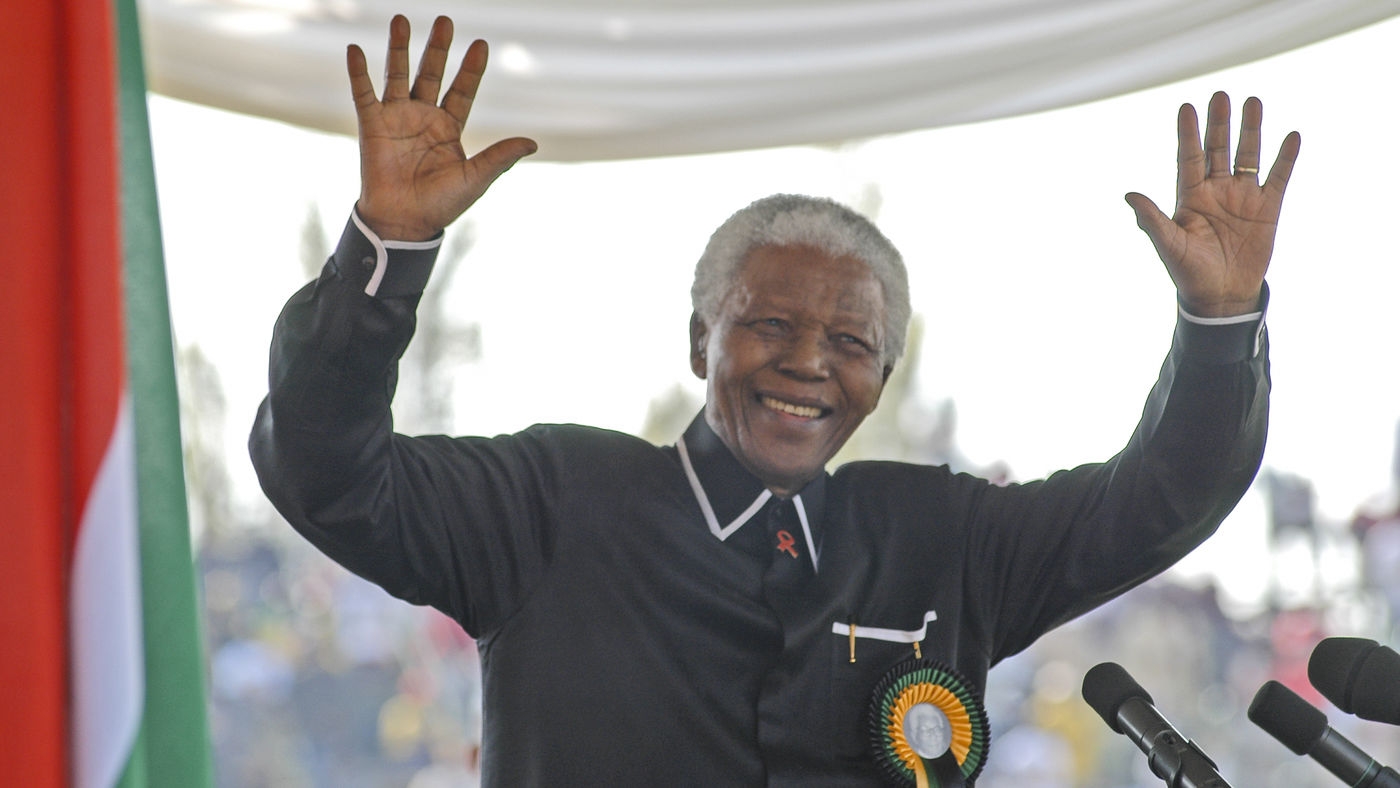 |
| Photo: Nelson Mandela Foundation |
Mandela did not seek a second term as South African president and was succeeded by Mbeki in 1999. After leaving office Mandela retired from active politics but maintained a strong international presence as an advocate of peace, reconciliation, and social justice, often through the work of the Nelson Mandela Foundation, established in 1999. He was a founding member of the Elders, a group of international leaders established in 2007 for the promotion of conflict resolution and problem-solving throughout the world. In 2008 Mandela was feted with several celebrations in South Africa, Great Britain, and other countries in honor of his 90th birthday.
Mandela Day, observed on Mandela’s birthday, was created to honor his legacy by promoting community service around the world. It was first observed on July 18, 2009, and was sponsored primarily by the Nelson Mandela Foundation and the 46664 initiative (the foundation’s HIV/AIDS global awareness and prevention campaign); later that year the United Nations declared that the day would be observed annually as Nelson Mandela International Day.
Mandela’s writings and speeches were collected in I Am Prepared to Die (1964; rev. ed. 1986), No Easy Walk to Freedom (1965; updated ed. 2002), The Struggle Is My Life (1978; rev. ed. 1990), and In His Own Words (2003). The autobiography Long Walk to Freedom, which chronicles his early life and years in prison, was published in 1994. An unfinished draft of his second volume of memoirs was completed by Mandla Langa and released posthumously as Dare Not Linger: The Presidential Years (2017).
Wife and Children
Mandela was married three times and had six children. He wed his first wife, Evelyn Ntoko Mase, in 1944. The couple had four children together: Madiba Thembekile (d. 1964), Makgatho (d. 2005), Makaziwe (d. 1948 at nine months old) and Maki. The couple divorced in 1957.
For more biography of other famous politicians around the world, please check out our KnowInsiders!
|
Eric Lander is president and founding director of the Broad Institute of Massachusetts Institute of Technology (MIT) and Harvard University. Read this article of KnowInsiders ... |
|
Kei Koizumi is known for the Lead for the National Science Foundation Agency Review team and to be nominated as a member of the Office ... |
|
Who is Maria Zuber - U.S elected president Joe Biden's pick for Cochair of PCAST, President's Council of Advisors on Science and Technology? More information ... |

